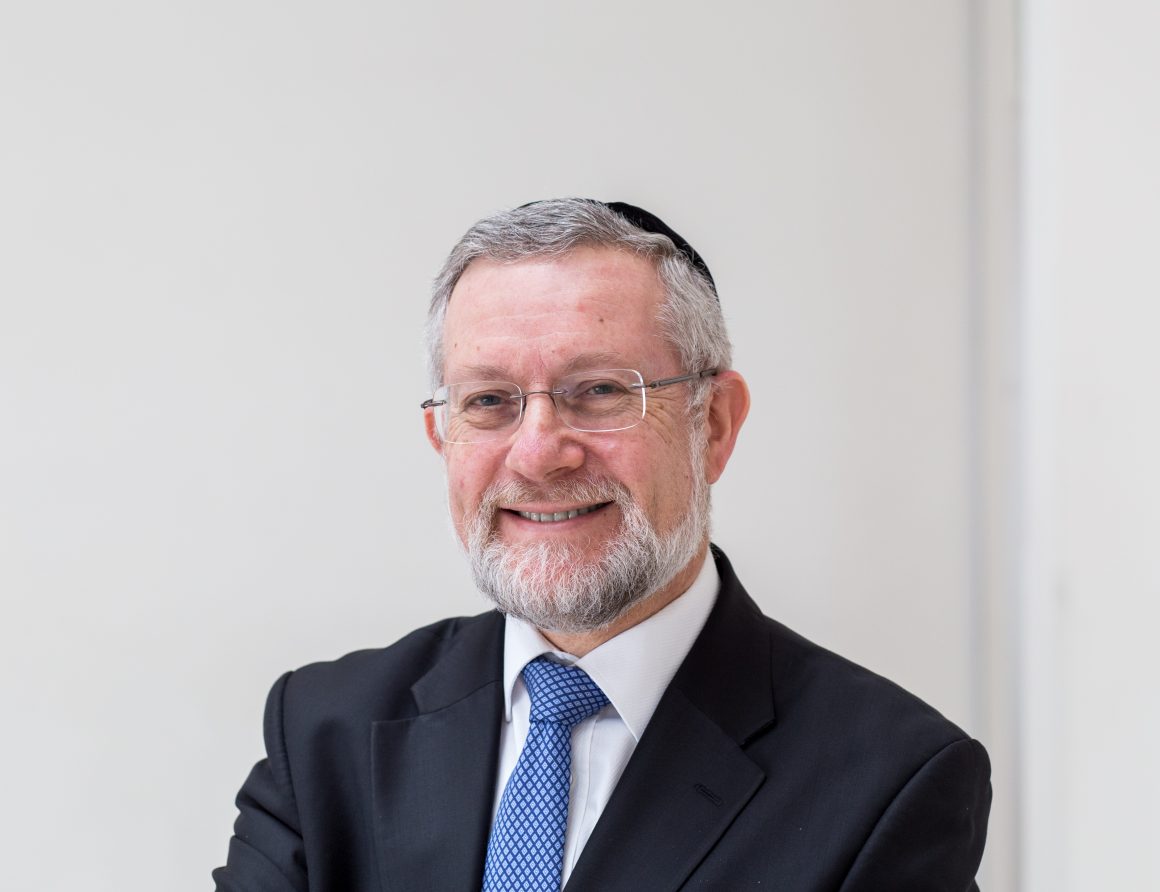HIGH STANDARDS
To be a Kohen Gadol or High Priest was one of the most challenging roles in all of the Jewish religion. There were demands made of him that did not apply to anyone else in the community.
Whereas a regular priest could not marry a woman who had been divorced, a High Priest could only marry a woman who had never been married before. A regular priest would step down from his duties in the wake of a bereavement. He could attend the funeral for one of the seven close relatives: parent, sibling, child and spouse. By contrast, a High Priest was forbidden to come into contact with death. He had to remain, ever ready, to serve in the Temple and even the loss of a loved one did not allow him to remove himself from that position.
On Yom Kippur, he rose to new heights. It was his annual marathon requiring extensive training. On this occasion he exchanged his regular gold garments for a set of white robes, when he made his yearly visit into the Holy of Holies. The details, as described in this week’s parasha, required exceptional preparation. The Talmud records that from the week before Yom Kippur, he would be placed in quarantine to ensure that there was no possibility he would come into contact with anything that would disqualify him for his role as the representative of the people on that special day.
Yet, despite his exalted status, Jewish law states that if a High Priest happened to come across a dead body where no one has come forward to take care of the burial – known in Hebrew as a meit mitzva – he must perform this function immediately. Even though, by so doing, he will become impure and be ineligible to perform the Yom Kippur service. The identity of the corpse makes no difference. He may not abandon the body to summon assistance. It is his responsibility to act. This is his mitzva, more important than any other.
Judaism is teaching a remarkable value here. Everyone is created in the image of G-d. The High Priest is only eligible for his role as the people’s priest if he appreciates that every person is special on the basis of his or her humanity, not on the basis of their position or accomplishment. As the late Rabbi Lord Sacks once observed: “A society is strong when it cares for the weak, rich when it cares for the poor, and invulnerable when it takes care of the vulnerable.” When the High Priest, the most important person in the community, occupies himself with the dignity in death of an abandoned corpse, he powerfully demonstrates the precious value of every human being.


